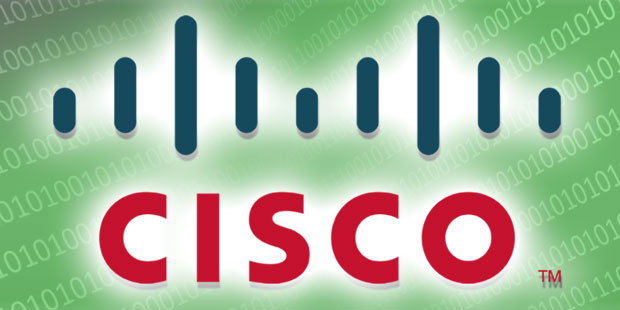Cisco Systems will cut up to 5,500 employees from its 73,000-strong global workforce, the company announced Wednesday as part of its Q4 earnings report.
The restructuring will allow further investment in key priority areas such as security, the Internet of Things, collaboration, next-generation data center and cloud, the company said, along with optimization of costs in lower-growth areas.
Rumors had been circulating Tuesday that a much larger workforce reduction was in the offing — 9,000 to 14,000, according to reports.
Cisco reported better-than-expected Q4 GAAP revenue of US$12.6 billion, up 2 percent for the quarter, compared with the year-ago period. It reported $48.7 billion, reflecting growth of 3 percent, for the fiscal year.
Its Q4 net income of $2.8 billion represented a 21 percent increase over the previous year, while its FY2016 net income was up 20 percent, at $10.7 billion, beating analyst expectations.
The company credited its strong performance in security, data center switching, collaboration and services for the growth.
“Cisco’s in the midst of pivoting from largely a telecom and networking company that’s hardware-centric into a far broader entity where much of what they do is defined by software,” said Rob Enderle, principal analyst at the Enderle Group.
Cisco’s Continuing Transformation
CEO Chuck Robbins has been moving Cisco’s products toward software-based networking, security and management products since taking over last summer.
That’s in line with the trend toward software-defined networking, which is less expensive and more versatile than hardware tech.
The worldwide SDN market will realize a compound annual growth rate of close to 54 percent by 2020, when it will be worth nearly $12.5 billion, IDC has forecast.
“The Cisco layoffs are about a re-skilling of the workforce,” said Ray Wang, principal analyst at Constellation Research.
“A lot of automation is coming, and they do need to shed workers in order to bring on new skill sets,” he told the E-Commerce Times. “We expect to see a lot of this shift in hardware vendors and IT services companies in the next three years.”
Blame It on the Cloud
The worldwide shift to cloud computing is another driving factor behind the shift to SDN.
Worldwide public cloud services spending will chalk up a CAGR of more than 19 percent, from nearly $70 billion in 2015 to more than $141 billion in 2019, IDC has predicted.
The worldwide public cloud services market will reach $204 billion this year, up 16.5 percent from the $175 billion it was worth in 2015, according to Gartner’s forecast.
“The move to more public cloud computing is changing the IT landscape more than any IT trend since WW II,” remarked Holger Mueller, a principal analyst at Constellation Research.
“We predict more market dynamics in the next 12 to 18 months, as players have to adjust both offerings and people to create, market, sell and service these offerings,” he told the E-Commerce Times.
There were more than 45,000 layoffs in the U.S. in July, with almost 9,900 of them in the tech sector, according to Challenger, Gray & Christmas. The number of job losses in tech was second only to the energy sector, which was hardest hit. The tech sector reported nearly 49,500 layoffs from January through July.
Expect more layoffs, warned Trip Chowdhry, managing director of Global Equities Research, in a June note to investors.
Will Cisco Remain Competitive?
Cisco’s transition to SDN is necessary, Enderle told the E-Commerce Times.
“Layoffs tend to initially have a negative impact on a firm’s ability to compete,” he said, but once they’re completed, Cisco “should be in a better position to staff up in areas that better address where the market’s going. Executed well, the result should — once completed — be a stronger company.”
Cisco likely will make more acquisitions, Enderle suggested, and “staff up in other areas more related to software, services and the Internet of Things.”
























































Social Media
See all Social Media